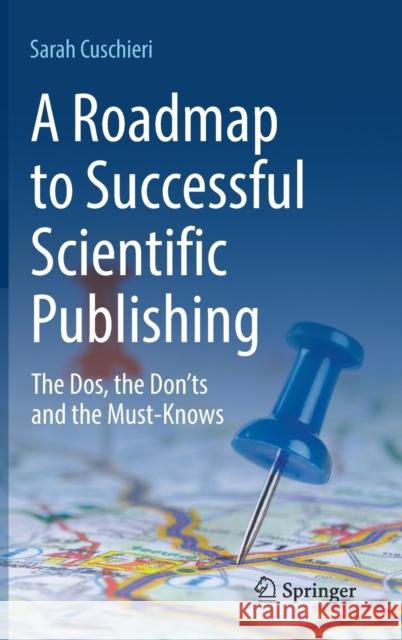A Roadmap to Successful Scientific Publishing: The Dos, the Don'ts and the Must-Knows » książka
topmenu
A Roadmap to Successful Scientific Publishing: The Dos, the Don'ts and the Must-Knows
ISBN-13: 9783030992941 / Angielski / Twarda / 2022 / 113 str.
Kategorie BISAC:
Wydawca:
Springer Nature Switzerland AG
Język:
Angielski
ISBN-13:
9783030992941
Rok wydania:
2022
Ilość stron:
113
Wymiary:
23.5 x 15.5
Oprawa:
Twarda
Dodatkowe informacje:
Wydanie ilustrowane











